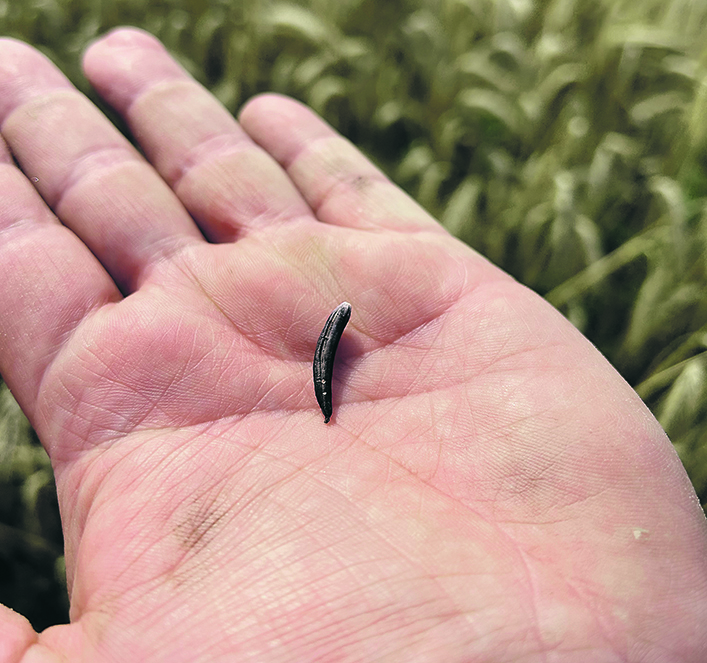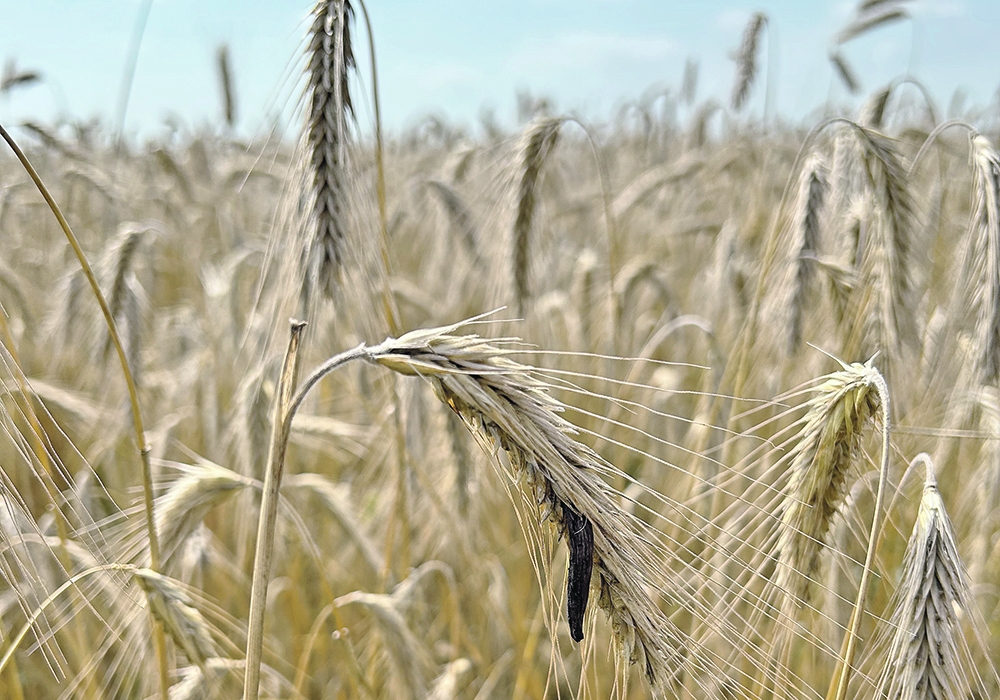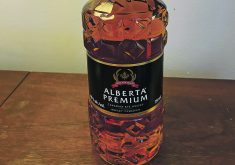The cover crop market has seen strong growth and fall rye is a go-to choice to help prevent erosion
This is the last story in Ed White’s From rye to Rye series.
ST ANDREWS, Man. — Curtis McRae was worried about the ugly claws of ergot he saw hanging out of a few heads of rye in the field, but when the crop came off, it was fine.
It was just another lesson McRae learned about growing rye, a new crop for him but something that works on his farm.
Links to all of the other stories in this series:
- More producers start growing rye as crop prepares for a recovery
- Farmer finds new uses for old crop of rye
- Growing rye for seed is quirky but fun
- Rye’s agricultural journey set over thousands of years
- Hybrid varieties a game changer for rye sector
- Agriculture Canada plant breeder committed to rye
- Rye bread continues to nurture loyal following
- Few remember rye whisky’s Sask. connection
- Rye whisky not as clear cut as tipplers may think
- Art of whisky starts with science of chemistry
- Using rye to make whisky can be a challenge
- Prairie micro-maltsters ride rye whisky wave
- Distiller goes all-in on 100 percent rye grain
“It really was the perfect crop for us,” said McRae just before swathing in August.
His land is given to flooding and this spring faced saturated conditions. With the fall rye already green and growing, those wet fields could be safely ignored.
“I had a block of acres already seeded while I was seeding my more traditional crops,” said McRae, who farms in Manitoba’s Interlake region, near Lake Winnipeg.
“It lowers my stress.”
It also broadens his marketing options. At swathing time, he was assuming the crop was going to probably be sold for seed to cover crop growers.
“It sounds like the cover crop market is hot,” said McRae.
Soon he heard a famous non-local distiller might be interested in his rye. Locally, the giant Crown Royal distillery is always a possible market.
He didn’t consider baling the crop for feed. Though he has a herd of cattle, he has more than enough feed for them and will sell many forage bales to other producers. His meadow fescue turned out well this year.
The cover crop market is booming as farmers with vulnerable-to-blowing soils look for a fall option and those with often-flooded land look for something to seed into soils that might need a carpet for traction in the spring.
Rye was once a major crop in Western Canada, but it has faded as other crops have shown better returns. Canada’s home-grown varieties are getting old, but new European hybrids have come in and preserved acreage.

New Canadian varieties are on the way, but they won’t arrive for at least a few years.
Rye bread isn’t as common as it once was, reducing the demand for food grade rye from bakers. However, some artisanal bakers have filled in for the falling mainstream demand.
Whisky demand hasn’t been enough to drive up acreage yet, but with micro-distillers springing up left and right across North America and with their desire to produce “rye” with mostly rye grain itself, that part of the demand equation could soon change.
For McRae, growing rye has turned out well. It’s something new, a fresh option using an old crop. That’s the experience more and more farmers could begin having as rye makes it way out of the shadows and back onto the shelves and fields of North America.


















